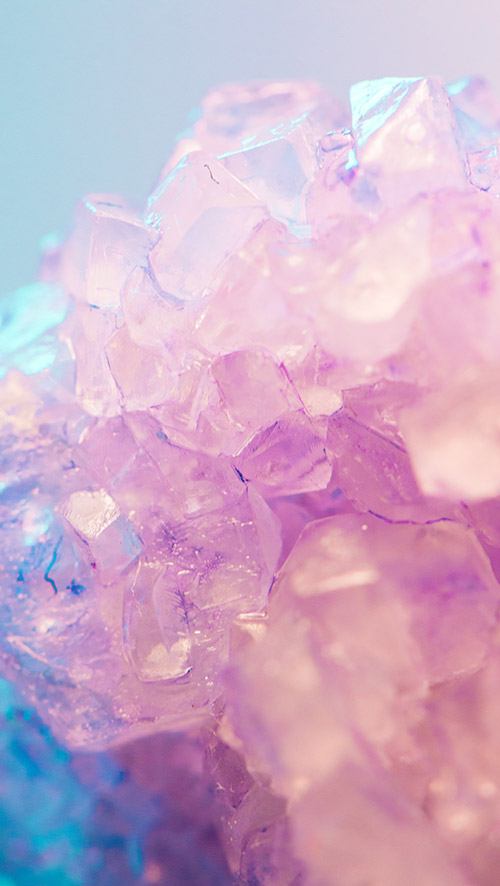The working of the glass and the memory of a life lived with the passion of the crystal
Phrases such as "today in the glass there are dots" or "stones", today in the glass there was the rope for other glassworks intended as "syrup", or even "other than glass in this article there is is everything ", are phrases that for most are meaningless, but for us true glassmakers they represent the everyday life with which we face the working days and the problems to be solved.
The history of the old glass factory does not matter: today there is a need to produce above the problems and perhaps "patch up" a day that started badly, because crystal is not the same every day, today it is bulicoso that is full of the famous dots (nothing but microscopic air bubbles) that do not allow the ideal course of the day, and so forth highlighting those phrases and ways of doing that they accompany the life of the glassmaker until retirement. The commercial or the technical part does not matter, today we have to produce to the maximum of our possibilities, get into problems and solve them because we are glassmakers and the result comes at the end of busy days. The sand is discharged, melted and our products come out in boxes and reach all parts of the world: here is the real satisfaction.
Yes, we admit it, it is obvious but not so obvious, transforming and producing freehand objects that will then be sold in all parts of the world in full "made in Italy" style is a recognition imprinted on our chest for pure merits won on the field, a tattoo that fills us with pride.

In the glass factory, imagine you are in front of the oven, there is a square (intended as a group of people and not a physical place) that takes the crystal from the oven with a rod and blows it into a mold, all too easy to explain. in so few words. The reeds are put to heat in the oven, but did you know that if the bite (sturdy end of the blowpipe) of the reed is not heated, the crystal will not stick to it?
The servant is a contraption that serves precisely to support the barrel in front of the oven, don't ask us why it's called that, it's a name we inherited from the old glassmakers, when the barrel became red the glassmaker cools it by immersing it in water while closing the other end with his thumb (did you know that by doing this the pipe of the barrel does not heat up?) and from there he begins to take the crystal: initially a ball is made by inserting and then rotating the barrel inside the glass bath, when the barrel comes out of the kiln, the glassmaker detaches the last crystal thread by making a completely unique and indescribable movement, inside the molten mass with a small amount of crystal, then "tears" it (he blows it lightly to prevent the bore of the barrel from becoming clogged, another term to keep in evidence) and then the maioscia and so on until you get a completely circular sphere shaped by the wooden counterform (of pear or cherry d maioscio).
The balls are covered on themselves until the amount of crystal necessary to blow the object into the mold is obtained. The breath is not the only way to work the crystal but it is also the only simpler, more intuitive and more ingenious with which man can produce crystal objects.
